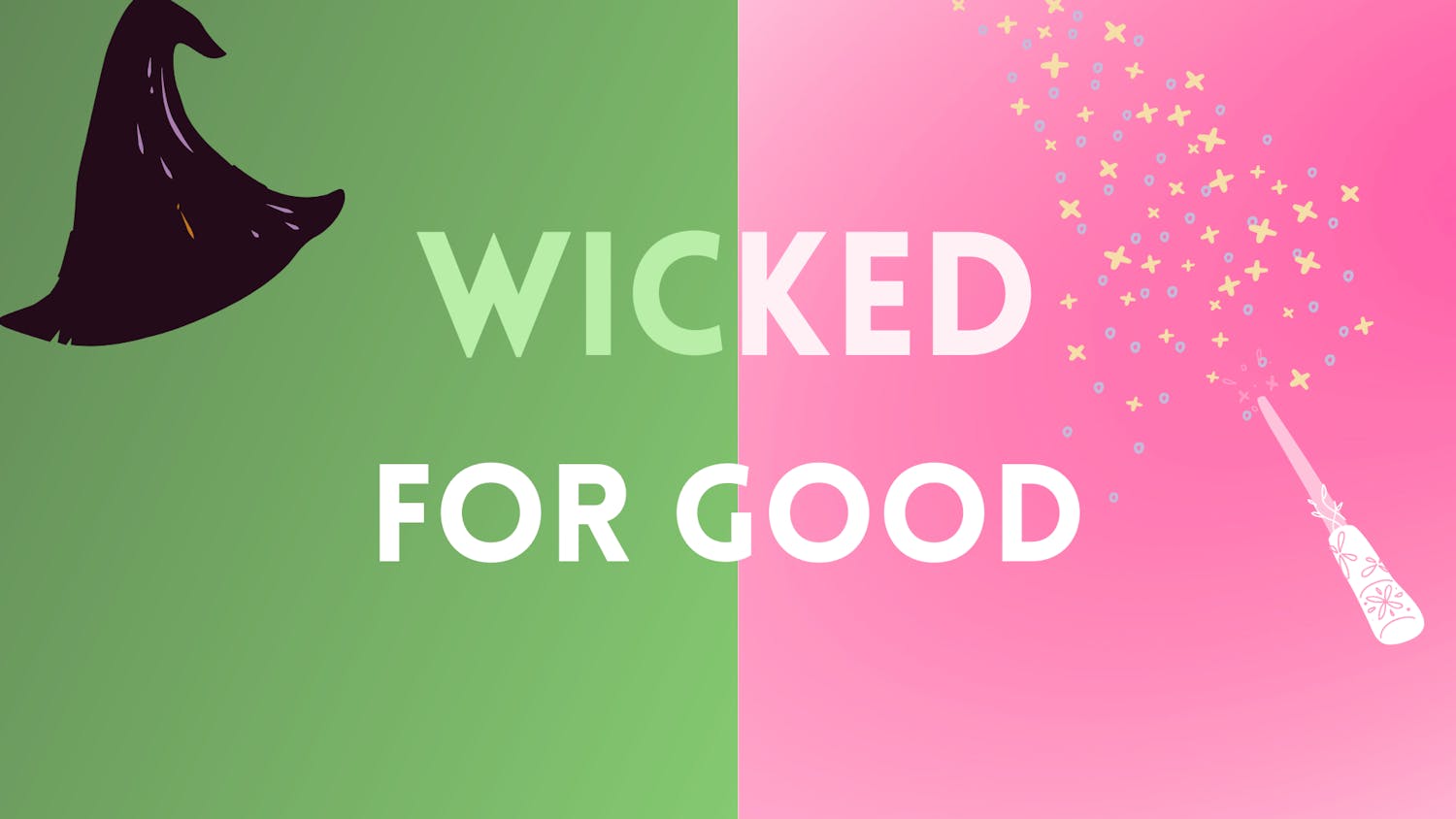A mere two months after Congress rescinded funding from the Corporation for Public Broadcasting (CPB), New Jersey’s Public Broadcasting Service (PBS) announced its impending July 2026 closure. The loss of federal funds was the final blow after Gov. Phil Murphy had cut state funding by 75% in June 2025.
NJ PBS is one of over 330 PBS member stations operating within the United States and its territories. The station succeeded New Jersey Network (NJN) after former Gov. Chris Christie revoked state funding in 2010. NJN ceased operations and relaunched as New Jersey Television (NJTV), later rebranded as NJ PBS, in 2011. As a PBS member station, the bulk of NJ PBS’s funding now comes from the CPB, donations and grants.
Since 2011, NJ PBS has brought viewers a mixture of local programming and national PBS content. The CPB established PBS in 1969 with the aim of providing free educational and cultural programming to the public. After launching in 1970, it immediately became home to staples like “Sesame Street” and “Mister Rogers’ Neighborhood.”
NJ PBS shutting down does not mark the end of free PBS access for residents. WNET Thirteen operates in much of northern and central New Jersey, and the Philadelphia-based station WHYY will continue to broadcast PBS programming to southern New Jersey.
With these alternatives, maybe New Jersey residents don’t have much to mourn after all. Kids can still get their favorite shows like “Daniel Tiger’s Neighborhood”, and adults can still get their news (albeit without any local coverage).
However, not every region is so fortunate. Across the country, PBS stations struggle to adjust to the loss of federal funding, and residents don’t have alternatives to turn to when their local stations get shut down.
PBS is a lifeline for rural and tribal communities across the country, where poverty rates surpass those of urban areas, and high speed internet is less accessible. Publicly broadcasted radio and television programs are essential for notifying these communities in emergency situations like earthquakes and floods. Amid a widening educational attainment gap between metropolitan and nonmetropolitan areas, free educational programming is a necessity.
The loss of PBS also means the loss of PBS Kids.
PBS Kids is a block of educational programming targeted at children from 2 to 8 years old. Rural and low-income children have lower rates of preschool enrollment compared to their urban and high-income peers. For these children, losing their local PBS station could mean losing their only semblance of early childhood education.
In a nation with declining literacy rates, the loss of PBS is a devastating setback.
As more local stations inevitably shut down, people will be forced to seek out alternative sources of information at a time of low transparency and high distrust, which has been exacerbated by President Donald Trump’s continuous attacks on legacy media companies.
The President’s war on the press encompasses not only the funding retraction from the CPB, but the barring of Associated Press journalists from the White House, calls for the Colombia Broadcasting System (CBS) to lose its broadcast license, and Federal Communications Commission investigations into several major broadcast networks.
Trump’s influence on his base is not the only source of distrust toward these news outlets. Fans of these networks have levied their own criticisms for what they perceive as capitulating to Trump’s demands. Networks have canceled several Trump-critical media personalities’ shows, including Joy Reid’s “The ReidOut” and Stephen Colbert’s “The Late Show with Stephen Colbert,” in what many perceive as an attempt to appease the president.
With growing skepticism toward news outlets, it feels tempting to seek information elsewhere. Many Americans have already turned on traditional news sources in favor of news influencers, with social media displacing television and websites or apps as the top source of news.
I can’t blame them; social media is free to access for anyone with an internet connection. With the integrity of many legacy media outlets called into question, Americans crave the opportunity to put their trust in someone. Why not put that trust in a relatable news influencer on TikTok?
I predict that in the absence of free, accessible and quality public broadcasting, accuracy will be deprioritized in favor of relatability and perceived authenticity. I feel it happening to me.
Listening to a TikTok journalist can feel rather pleasant. Carefully chosen by an algorithm to suit my preferences, I often find myself reaffirmed in my beliefs. Bite-sized news content from an influencer with dubious journalistic integrity is certainly an easier way for me to stay informed compared to seeking out that information myself. In the wake of all the controversies surrounding legacy media companies, who else is there left to turn to, anyway?
At one point, I might’ve delivered a lecture on domains and their ability to signal a reliable source. I would emphasize “.org” and “.edu,” which denote websites belonging to organizations and educational institutions.
Most of all, however, I would direct people toward websites ending in “.gov.” The domain is used exclusively by websites of United States government entities, making it a widely recognized indicator of credibility.
While I don’t believe this to be necessarily untrue in the current political climate, I certainly don’t see the information on government websites as the standard for impartiality and accuracy.
These are the very sites that have had thousands of webpages removed under Trump administration directives—many of which referenced topics like the LGBTQ+ community, diversity, equity and inclusion (DEI), and public health.
Furthermore, at the time of writing, the U.S. Department of Agriculture’s website has a banner that refers to the “Radical Left Democrat shutdown.” Is this type of divisive rhetoric a characteristic of a credible source? Is this the type of alternative that I am expected to offer my friend who receives their news exclusively from their favorite podcaster? Is this my only weapon in curtailing the constant spread of misinformation?
NJ PBS might be dead, but I know it will continue to haunt us. I feel its ghost when I read about the PBS stations across the country, struggling to stay afloat amid the CPB’s shutdown. I see it in the dark shadows of government websites, which I used to put so much trust in. I feel how it chills my bones whenever I consider the future of education, information accessibility and transparency in the United States.
Lianna Cruz is the assistant editor for The Setonian’s Photography section. She can be reached at lianna.cruz@student.shu.edu.





